Olympiad Test: Living And Non-living Things -2 - Class 4 MCQ
10 Questions MCQ Test Science Olympiad Class 4 - Olympiad Test: Living And Non-living Things -2
The type of tree shown in the given picture grows in_______ regions.
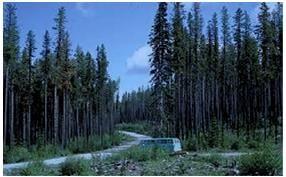

These plants can trap, dissolve, and digest invertebrates and, in rare cases, small mammals, reptiles, and amphibians.


| 1 Crore+ students have signed up on EduRev. Have you? Download the App |
Look at the picture below and find out the type of animal it is.


Which of the following sentences is correct regarding a grassland community?
Look at the following pictures of two different animal jawbones and find out the type of animal they can be.
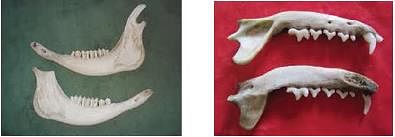
In the given food web, P, Q, R, S, T, and U are consumers. Which of these consumers are both plant and animal eaters?

In the following statements the characteristics of two types of plants are given.
1. They are spongy plants
2. The stems are reduced and roots are not well developed
3. The stems are thin, long, and hollow
4. Lotus and water lily are examples of such plants
Q. Find out which of the following options is correct:
Observe the following pairs carefully and find out the correct options:
1.  Adaptation: Long, powerful legs
Adaptation: Long, powerful legs
2. 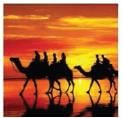 Adaptation: Fur turns white during the cold, snowy winter months
Adaptation: Fur turns white during the cold, snowy winter months
3. 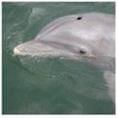 Adaptation: Nostrils (blowholes) located on the top of their heads
Adaptation: Nostrils (blowholes) located on the top of their heads
4.  Adaptation: Produces very little sweat and urine
Adaptation: Produces very little sweat and urine
5. 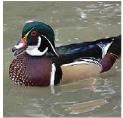 Adaptation: Webbed feet
Adaptation: Webbed feet
Which of the following plants do not need soil to grow?
|
53 videos|44 docs|59 tests
|
|
53 videos|44 docs|59 tests
|

















